Cinnamon Bracket
A cinnamon coloured, medium sized polypore, no matter from where do you look at it. As far as we know, it is the only toxic polypore mushroom in Europe.
| Mushroom Type | |
| Common Names | Cinnamon Bracket (EN), Tender Nesting Polypore (US), Purple Dye Polypore (US), Ysgwydd Sinamwn (CY), Miękusz Rabarbarowy (PL), Fahéjszínű Likacsosgomba (HU) |
| Scientific Name | Hapalopilus rutilans |
| Synonyms | Hapalopilus nidulans |
| Season Start | Jul |
| Season End | Sep |
| Average Mushroom height (CM) | |
| Average Cap width (CM) | 3-8 |
Fruiting Body
Annual. 2–8(12) cm across, broadly attached to the substrate. Pileate, semi-circular to kidney-shaped, almost triangular in section, growing solitary or imbricate (a few fruit bodies overlapping each other). Its upper surface is convex, somewhat irregularly hairy (tomentose) at first, then smooth, without concentric zones. It is ochraceous to cinnamon brown, or pinkish brown with age, often cracked.
Pores
Tubes up to 15 mm, pores 2–4 per mm, round-angular. Both the tubes and pores have the same colour as the fruit body.
Flesh
Up to 2–4 cm thick, thinning towards the margin. Fibrous, soft and spongy when young, brittle with age. Ochraceous to cinnamon coloured.
Habitat
Mostly on the dead branches and trunks of several hardwoods, preferably Oak, but rarely on conifers. Occasionally on living, but weak broadleaves too. Saprotrophic, causes white-rot.
Possible Confusion
The cinnamon colour and the soft, spongy texture makes it hard to confuse with any other species in the UK. However we are aware of a few documented cases when less experienced foragers collected them instead of young Beefsteak Fungus (Fistulina hepatica), pictured, or young Chicken of the Woods (Laetiporus sulphureus) by mistake. The colour of these two species are totally different. Beefsteak fungus is red, chicken of the woods is yellow, and none of them are growing on fallen hardwood branches!
Spore Print
Spore print is white. Spores ellipsoid, cylindrical and colourless (hyaline).
Taste / Smell
Toxic, tastes mild, doesn’t really have any specific smell.
Frequency
Occasional and widespread in Great-Britain, more common in Central and Southern Europe.
Other Facts
Turns purplish red to light violet with KOH (potassium hydroxide), which is a commonly used reagent amongst mycologists.
It could be used to dye wool and silk, and depends of the concentration of alkaline fixatives, it can provides magenta to purple colours.
Cinnamon bracket contains high amount of polyporic acid (about 20–40% of the dry weight of fruit bodies), which inhibits of dihydroorotate dehydrogenase, and this makes it heavily toxic! Polyporic acid is neurotoxic, also causes liver and kidney problems, and it should be treated properly. One of the symptoms is that it might turn your urine purple. In case of suspected intoxication, call the local Poison Control!

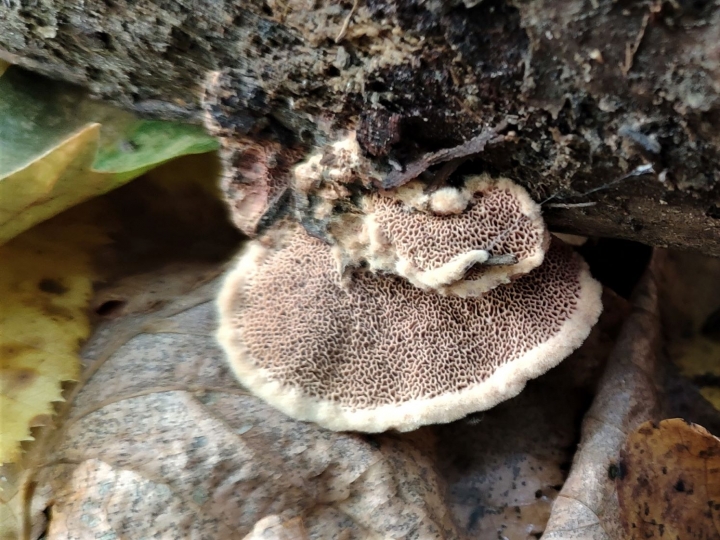











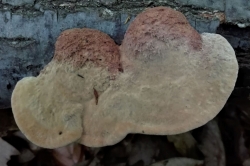
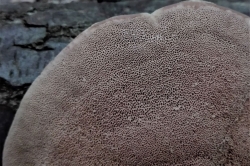
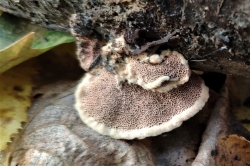
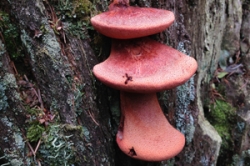



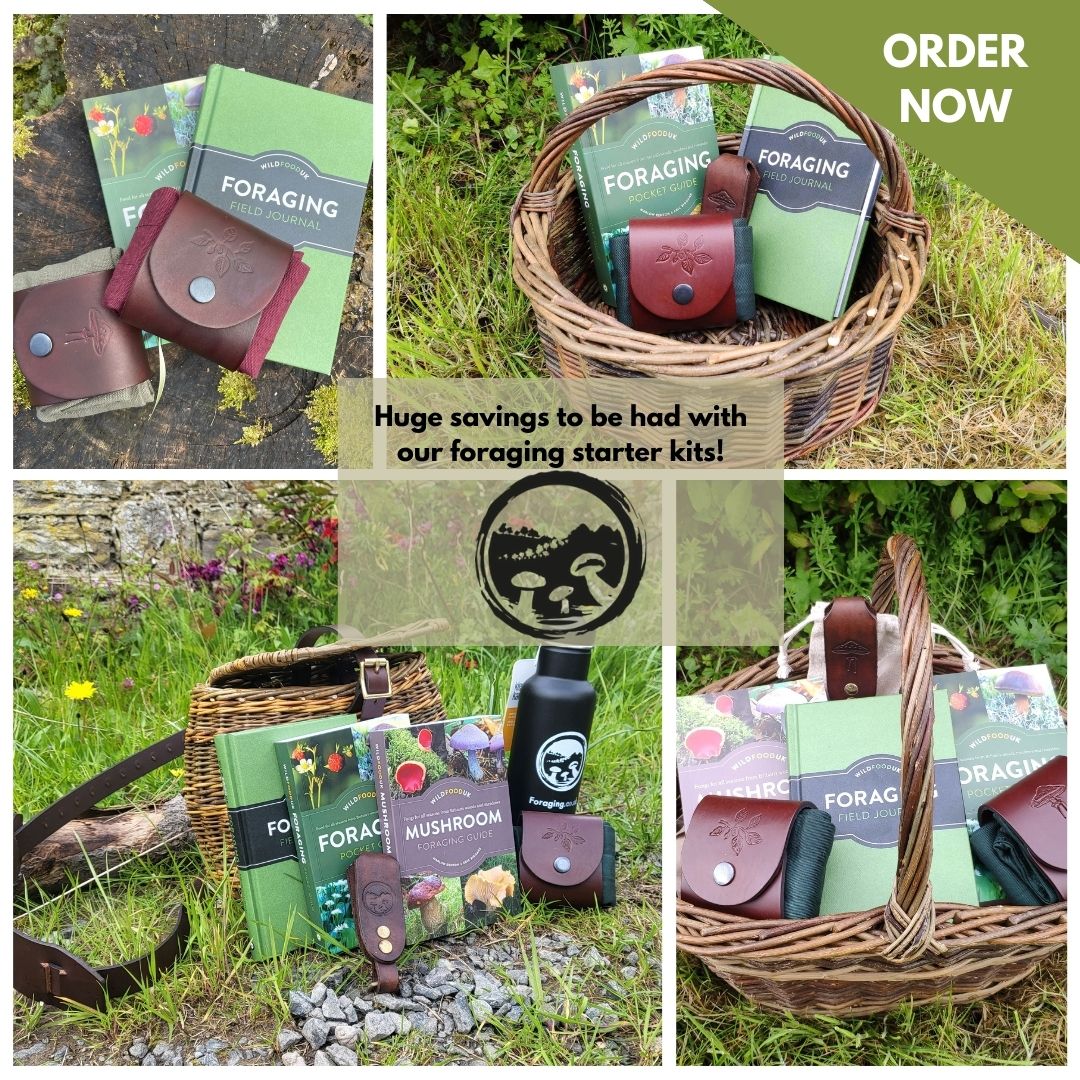

COMMENTS